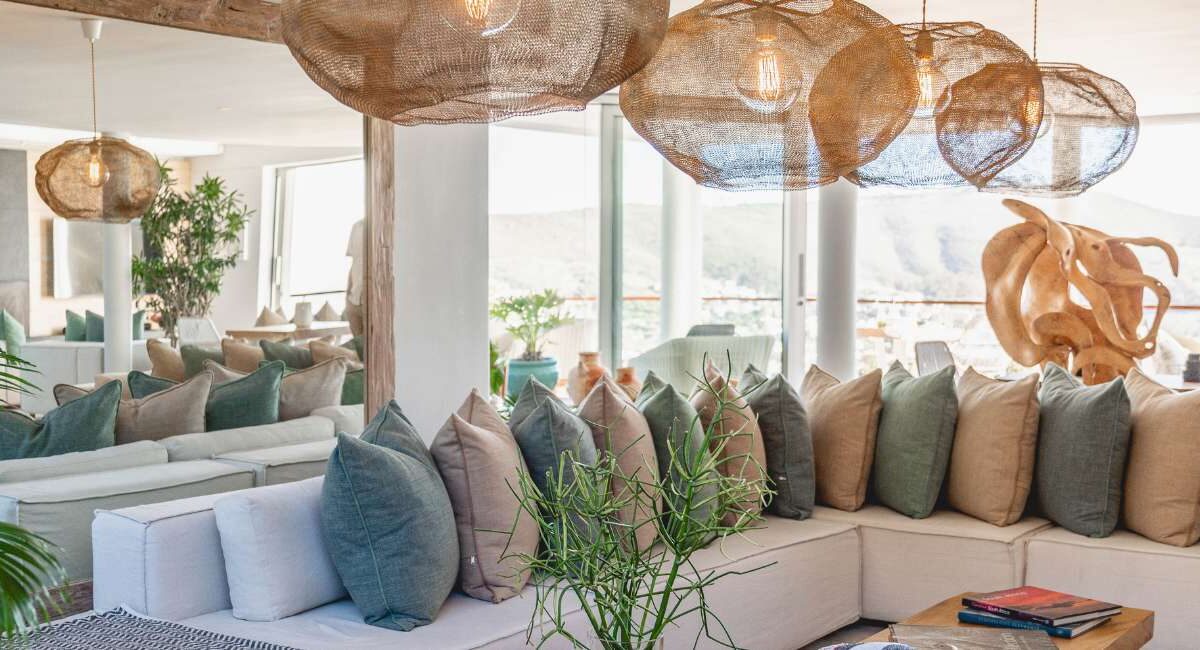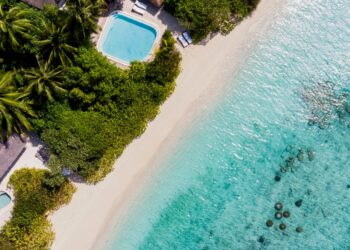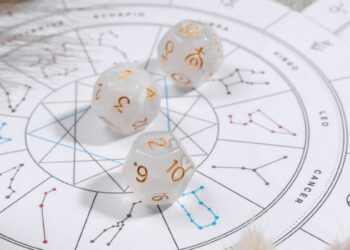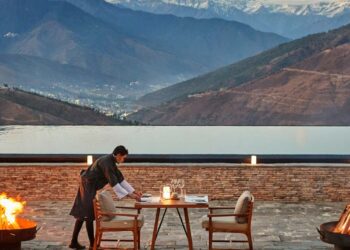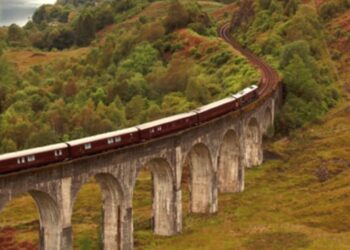“I think your hotel is on Table Mountain.”
My driver smiles as he winds along Cape Town’s steep, tree-lined streets framed by hibiscus and protea (South Africa’s national flower). “You may be right,” I laugh, the iconic, stealth rock seemingly just steps away by the time he rolls to a stop in front of uber-modern Atzaró Cape Town — a once exclusive-use villa turned intimate hotel.
Within seconds, the massive wooden door opens and Xander Labuschagne, the property’s effervescent general manager, his positive energy instantly contagious, appears with resident puppy (my first animal sighting), Vlekkie, in tow.
“Come, come,” he says, taking my small white carry-on bag — note: the tiniest I’ve ever packed for a long-haul trip — and ushering me inside. “You must be famished.”
There is no restaurant in this chic homelike setting. But as I take in the ambience — the flickering see-through fireplace, zebra-skin rug, and exquisite African art — I’m served a glass of bubbly and decadent charcuterie board which I move with me into my room, beautifully named Protea. The showy pink national flower greets me, alongside a plush bed, cushy living room, more African art, and floor-to-ceiling windows. But it’s the deep soaking tub — and bath salts specifically — that call my name. And here, in hot water laced with salts and a window view, I stave off my jet lag, quietly watching the lights of Cape Town below.
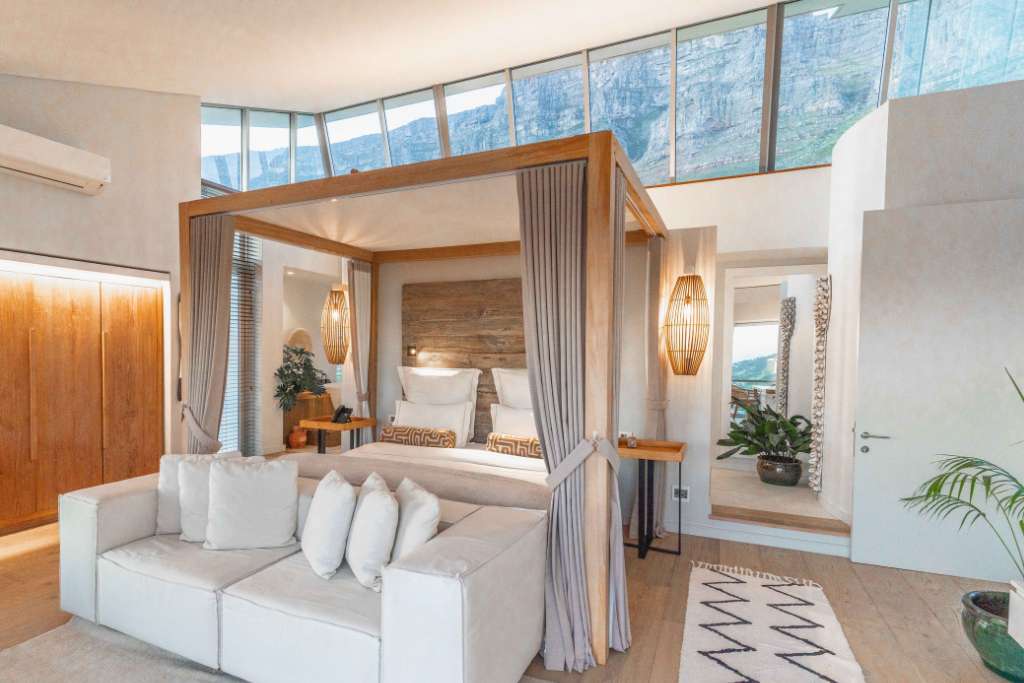
I’ve come to this intimate, six-suite hotel as a precursor to my Botswana safari at Atzaró Okavango, the hotel’s new sister property. The Atzaró Hospitality Group launched in 2004 in Ibiza, Spain, with a luxury agroturismo hotel and spa, followed by a traditional (but luxury) Phinisi yacht that sails the waters of Raja Ampat and Komodo Islands in Indonesia. Both of the group’s Africa properties are new: Atzaró Cape Town originally opened in 2020 as an exclusive-use villa, transforming into a small hotel in 2024; Atzaró Okavango also opened in 2024, in partnership with African Bush Camps, a renowned provider of wildlife and safari experiences in Africa’s most pristine regions.
I have been to Cape Town before and thus have done the must-do wine region (Stellenbosch), vibey restaurants (Camps Bay), and stellar spa circuit (did someone say One & Only). But for this brief (two-night) visit to the Mother City, my intention is simply to recoup after my 15-hour nonstop flight from New York, and immerse myself in nature.
Jaw-Dropping Coastal Beauty
Following a beautifully served breakfast, Salis — my personal guide for the day — arrives to show me Cape Town’s jaw-dropping coastal beauty. After driving through Bo-Kaap, with its colorful houses and cobbled stone streets, he takes the Cape Town Coastal Highway.

Its breathtaking bluff-to-sea vistas are immediately reminiscent of Southern California but with marked differences: road signs alerting of baboons and beaches manned by shark spotters. In Simon’s Town, a navel enclave also known for its Broekie Lace architecture, we stop to visit the resident penguins. An elevated walkway to the beach ensures a protective distance between birds and humans, and I could easily spend hours watching their comical antics. In time though, we move on to Cape Point and the Cape of Good Hope — fabulous acreage of sprawling low brush, umbrella pines, and stunning flowers including my now-favorite protea flower which, in the wild, looks similar to an artichoke in its budding stage.
As we drive toward the water’s edge to examine more closely the kelp beds that dot the coastline, Salis regales me with tales of how — as a young boy, unable to afford a wetsuit — he’d douse himself in Vaseline to keep his body warm and dip into the kelp beds to catch lobster (with gloved hands). As he reminisces, an entire family of ostriches parades past us and Salis laughs. “You never know what you may see, often the baboons play here.” Our day ends at Harbour House, a popular fish-and-chips restaurant overlooking the Atlantic where we dine on kingclip, a lobster-like white fish, and prawns — with a sea view; waves crashing.
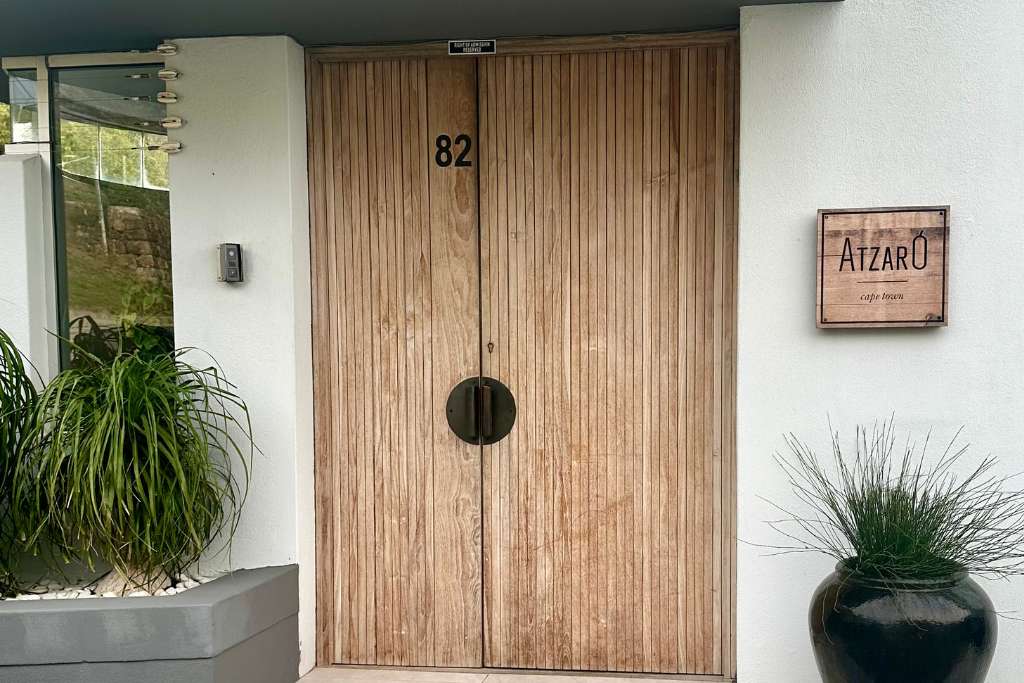
Back ‘home’ for the evening, after a warming sauna and another long salt-laced soak, I thumb through a thick coffee table book on Cape Town: many of the photos perfectly recapping my day. Surrounded by elegant African art and with Table Mountain to my back, I am reminded of the sheer magic of air travel and how truly extraordinary it is to wake up in one part of the world and go to bed in another. I am reminded yet again — early the next morning, Cape Town still deep in slumber — as I head to the airport for my short flight to Maun (Botswana) and helicopter transfer to Atzaró Okavango. Crossing the delta, my pilot begins my safari experience by pointing out herds of elephants, giraffes, and baboons moving below us.
Arriving in the Delta
“Greetings.”

Stepping out of the two-seater bubble helicopter (hence my teeny bag), I’m met with the intoxicating and deeply satisfying scent of sage. I did not expect the rows upon rows of wild sage, or the waving palm trees. But both greet me, along with the welcoming ear-to-ear smile of “Mighty” (short for Maitapiso Mosiiwa), my personal game drive guide for the duration of my stay. Each of the camp’s 12 luxury suites is paired with its own personal guide, and because Atzaró Okavango is situated near the Moremi Game Reserve, within an expansive 271,000-acre private concession (versus national park land), it is void of the overcrowding often found in other safari destinations. In fact it is possible to go the entire day without ever encountering another jeep.

Under the shade of a marula tree — a.k.a. “tree of the elephants” and source of Amarula, a Baileys-like cream liqueur (often added to coffee here) — Mighty briefs me. Mornings start with a 5:30 a.m. wake-up call and escort at 6 a.m. to breakfast (guests cannot walk alone in the dark here), there are two game drives daily, expect to see lions, leopards, elephants, zebras, baboons, warthogs, buffalo, impala, giraffes, hippopotamus, cheetah, gazelles, and hyenas.
A parade of meals are served throughout the day: a pre-drive breakfast followed by coffee in the bush, lunch, pre-drive afternoon tea, sundowners in the bush, and dinner in an exquisite fine-dining restaurant complete with well-stocked wine cellar. In between game drives (and dining), there’s ample time to rest, work out, swim, or in my case, slip off to the spa for African-infused treatments (by Terres d’Afrique) featuring local indigenous ingredients like shea butter, rooibos, coconut oil, and seeds from the baobab tree.
Out of Africa Decor
I wasn’t, however, prepared for my room, a backdrop so romantic it feels straight from Out of Africa. An elevated boardwalk leads from the main dining area to each of the 12 tented suites.
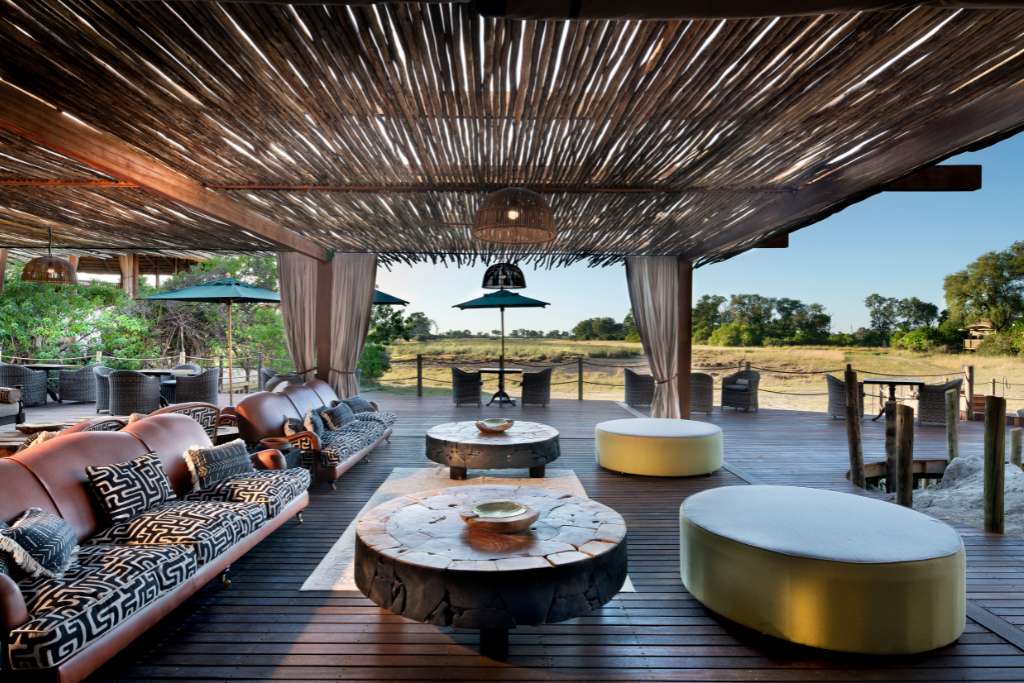
From the outside, the suites look basic, campy even — octangular in shape with khaki-hued walls. But step inside and it’s a wow. Billowy white mosquito netting (closed at night) hangs in wispy tulles from the bed, a living room filled with French mid-century furnishings, parquet flooring, and stunning artwork (not unlike its Cape Town sister), spills onto a massive deck with sun loungers and private plunge pool overlooking tall grasses and watery lagoons (at night I hear the hippos calling).
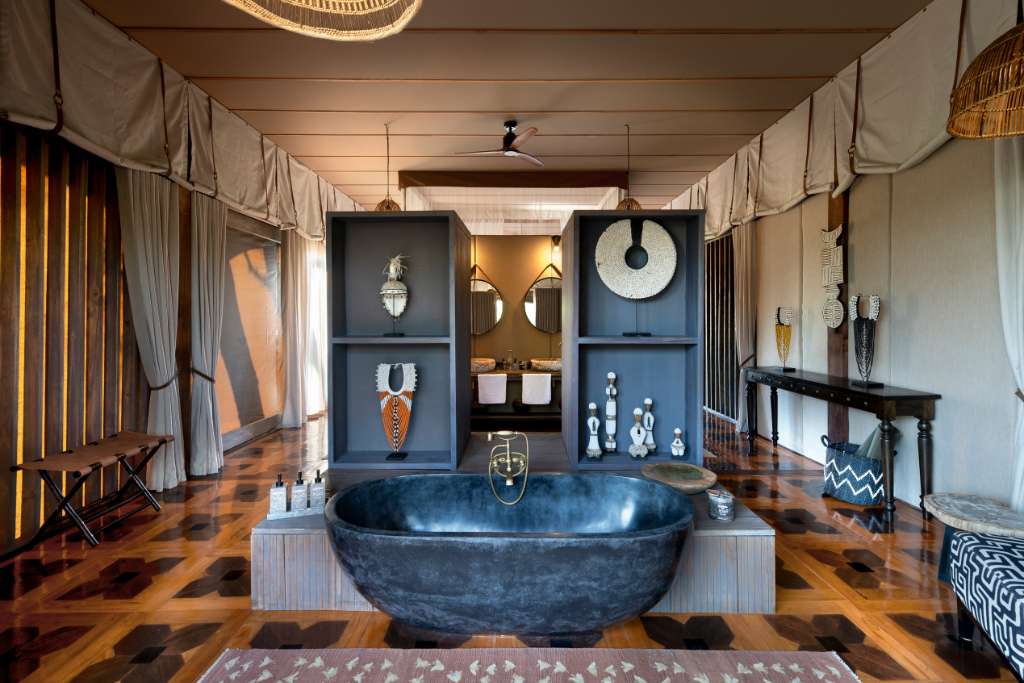
Two showers (in and outdoor) complement the exquisite soaking tubs: one (indoor) black onyx; the other (outdoor) a copper soaking marvel. Other detailed touches include crisp linens, eclectic antiques, coffee and tea service, jars of cookies, fresh cream in the refrigerator, and magically refilled glass carafes of both sparkling and still water. As in Cape Town, the star of the design show for me is the bathtub and specifically the outdoor copper tub where I could spend my entire stay soaking and watching the giraffes (affectionately called “the models of the bush”) that gracefully meander past. But proper game drives with Mighty await.
The Game Drives
Because I am solo, I am paired with a group of three longtime friends (also Americans) who graciously welcome me into their pack.
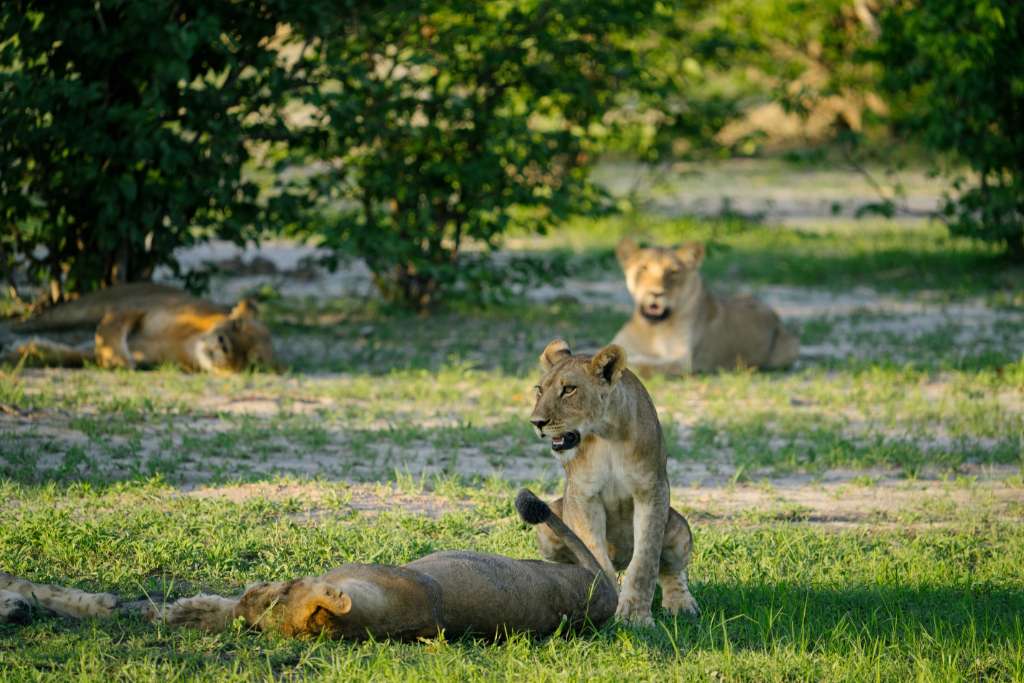
On my first drive (and their third), they explain a group of young lion siblings they have humorously nicknamed “the cuddly incompetent trio.” Seemingly not interested in hunting the wildebeest or impala directly in their path, the teenagers instead roll playfully in the grass, affectionately grooming one another, and continuously cuddling. The very next game drive however, the sun just breaking across the morning sky, we find them not cuddly at all but spaced feet apart with blood on their faces, bellies heaving in fullness — proudly guarding their overnight kill.

Our mokoro (dug-out canoe) adventure — during which local women in long skirts and tied hair pieces and men in protective sun hats and shirts paddle us along the river — is thwarted when a hippo, much bigger than us, blocks the waterway. A male elephant, trumpeting in protest, soon joins from the river banks, and our rowers — at Mighty’s direction — swiftly glide us back to the jeep. Continuing on land, Mighty’s expert reading of the animal tracks leads us to two mane-fringed male lions (who’ve now taken over the cuddly lions’ kill), families of baby elephants and their mothers, scores of baboons and giraffes, before parking under a marula tree for sundowners; zebras and the sinking African sun as our backdrop.
The following evening — the American-friend group on their way home — I’m on my own private safari with Mighty who, just minutes into the trek, tracks the ever-elusive leopard. The friend group had been vying (for days) to spot the leopard, but as Mighty (and Salis in Cape Town) notes: “there’s never any predicting what, when, or who will show up in the wild.”
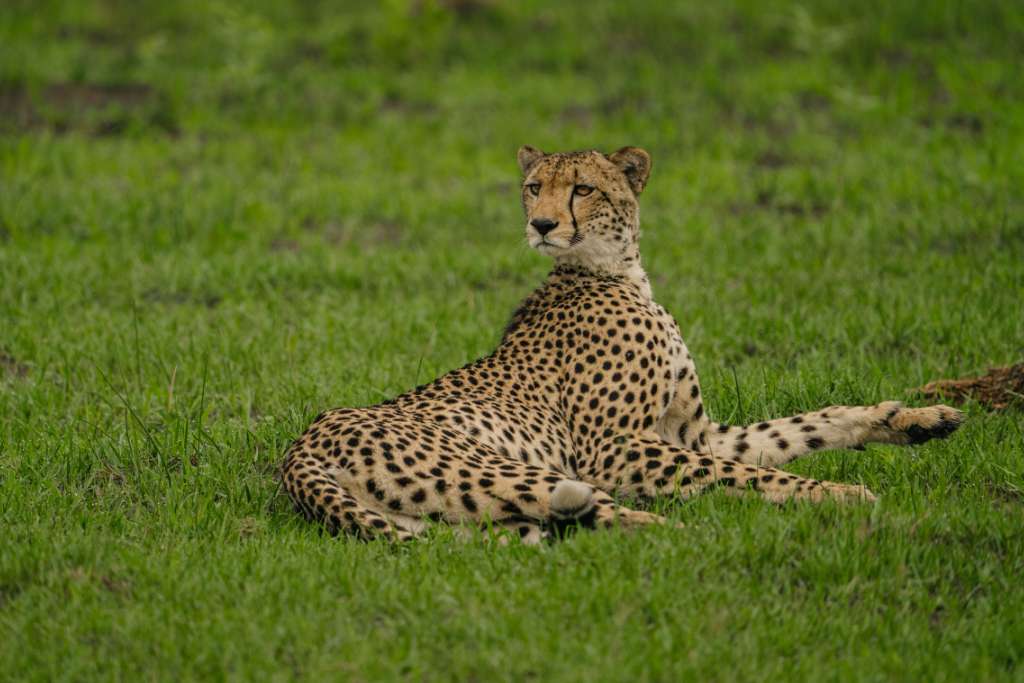
“Shall we find him?” Mighty flashes that ear-to-ear smile once more and we are off, twisting through brush, splashing across water, and mowing over sage. Slowing to a halt in a thicket of trees and high grasses, Mighty turns off the motor and points. There, just feet away, a white-bellied, black-and-orange spotted cat rolls playfully in the grass. Tossing a bony carcass into the air, this giant cat is not unlike my own domestic cat playing with her mouse toy — just massively bigger and much more dangerous. Step out of this jeep — changing the blob shape of the vehicle — and I am dinner. Still, his beauty is astounding, and for quite a while we sit quietly watching until, seemingly bored with his meatless carcass, the cat slinks away into the thicket.
The Circle of Life
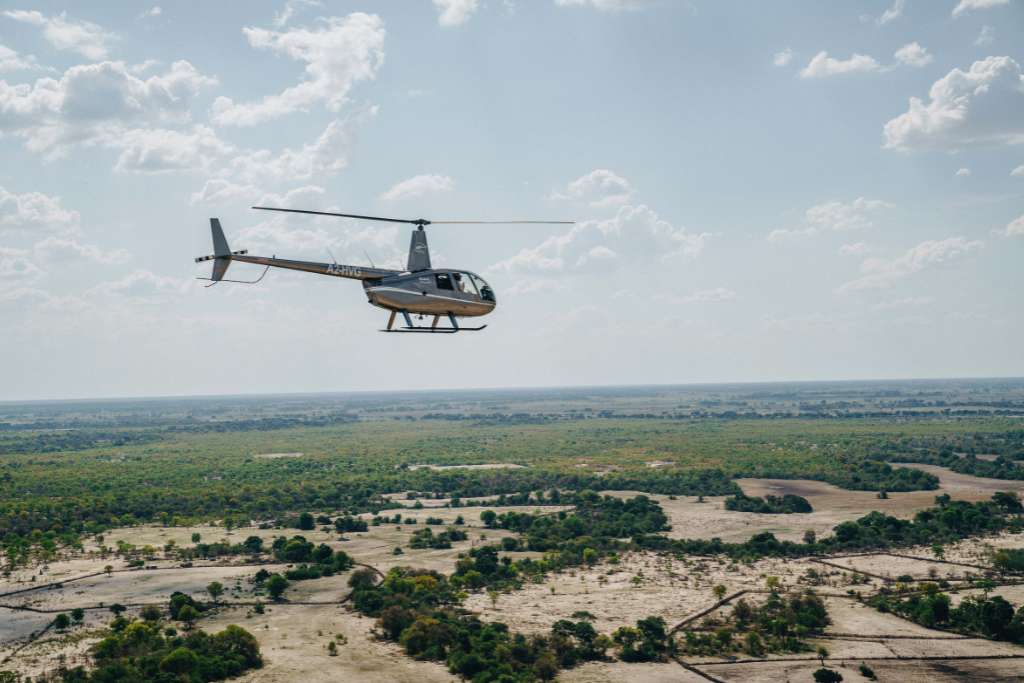
On my final morning, I go rogue, sleeping past 5:30 a.m., but still rising early enough to make coffee in my room, soak one more time in the outdoor copper tub, and lounge on the sun deck watching a family of Pumbaa warthogs (mama and two babies). My only regret is not spending more time in my luxurious, beautifully appointed room. Now, my tiny bag packed, Mighty drives me to the wild sage fields to begin my long sojourn home. The send-off is bittersweet: as my own journey comes to an end, a dewy-faced couple, likely on their honeymoon, exit the chopper, their time at Atzaró Okavango (and with Mighty as their guide) just beginning.
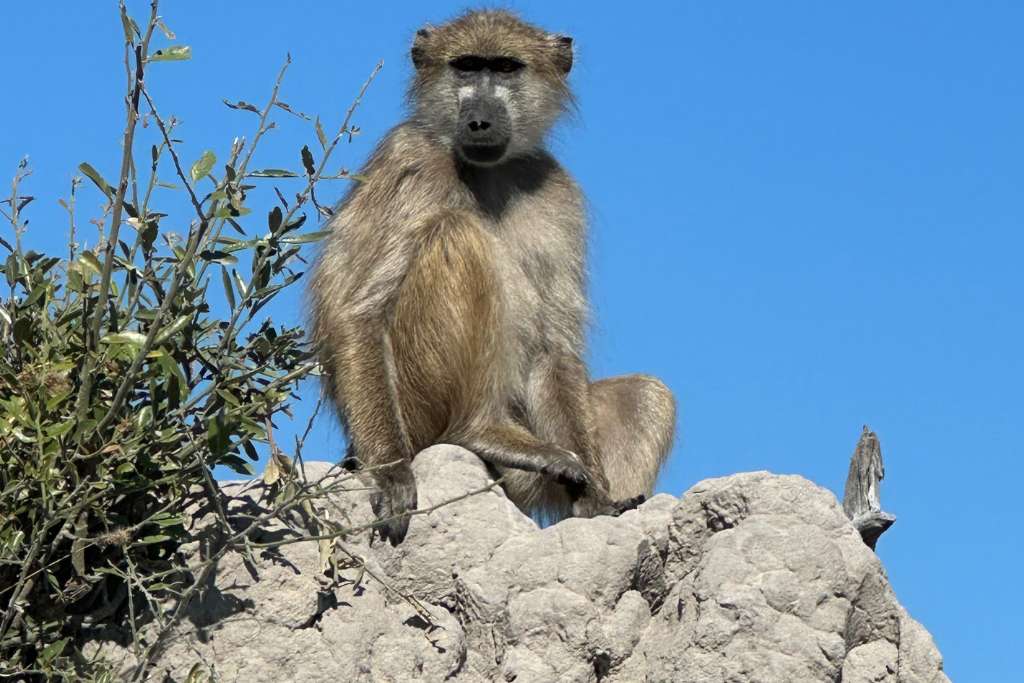
Gliding across the Okavango Delta, recognized as one of the most exclusive and wildlife rich in Africa, and scanning one last time for elephants and hippo, giraffes and baboons, I marvel yet again at the magic of air travel (tonight I will sleep at home in my own bed in the U.S.). But more reflectively, I muse on the circle of life that plays out every day in this remote and special corner of the world: birth and death, action and consequence, balance and harmony, and the deep knowing that life will always replenish, the seasons will always change, and the sun will always rise. As humans we have so much to learn from the animal kingdom. If only we take the time to listen.
Feature image, courtesy, Craig Howes

